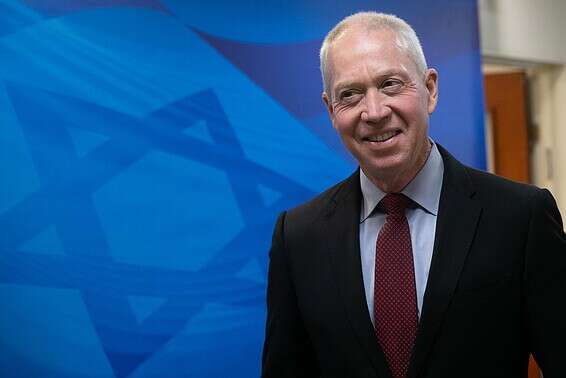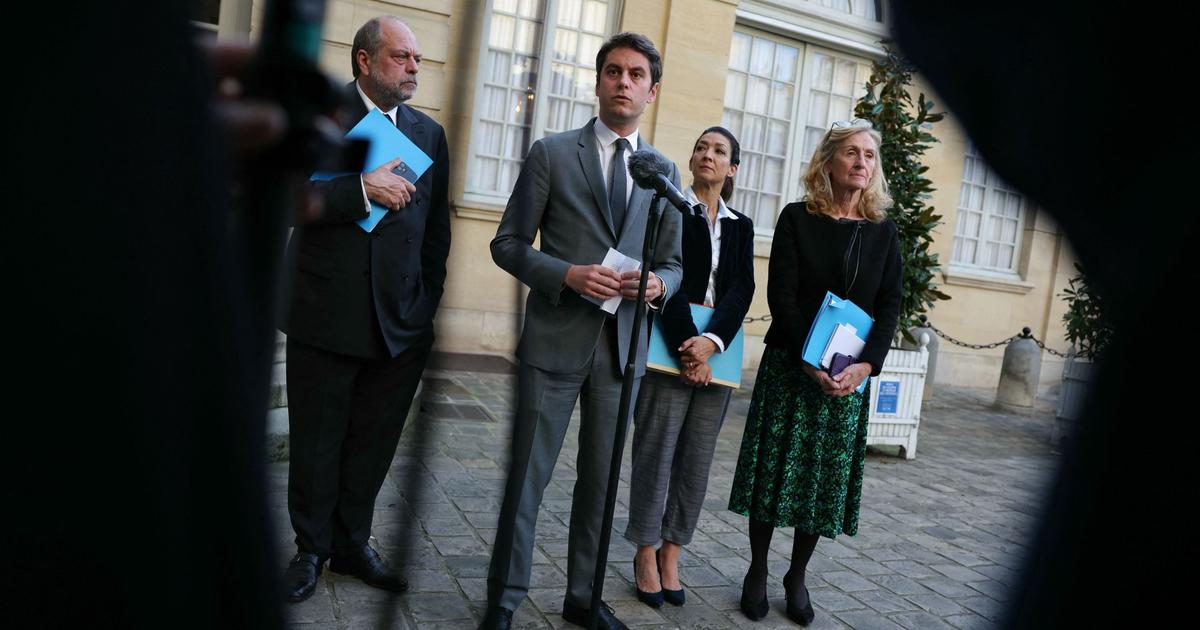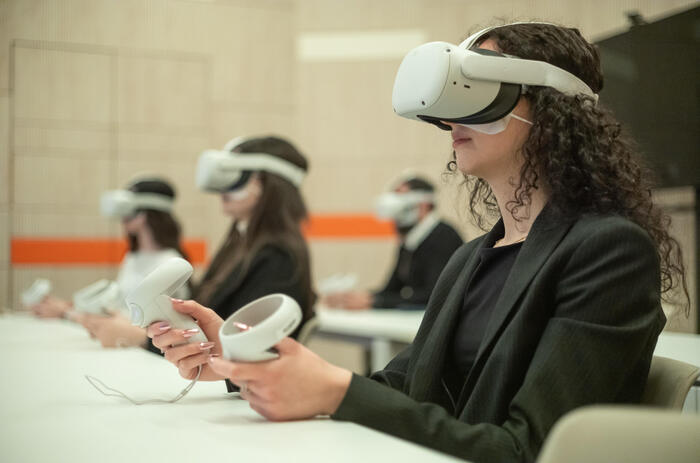In the event of a morbidity surge, kindergartens will be converted into kindergartens, and middle and high school students will be taught remotely. NIS 12 billion
Return to capsules in case of an outbreak. Students at Ort Ben Gurion School in Afula
Photo:
David Cohen - Ginny
The school year is scheduled to open in a few weeks (on September 1) and the Ministry of Education is preparing action plans that also include the spread of the Corona virus. Of the virus outbreak.
More on:
The greatest fear: the coming school year will begin late
for graduation: 25 students were infected in Corona
https://www.israelhayom.co.il/article/778575
briefing with the Minister of Education Yoav Galant, suggests that one of the scenarios that the education system is preparing to leap case of morbidity, Is a split of kindergartens in the education system (ages 3-6). In this case, due to the lack of buildings, middle and high school classrooms will be converted into kindergartens - and the older students will learn from home.
Corona tests at Hadassah Hospital for high school students in Jerusalem // Photo: Hadassah spokesmen
In Israel, there are about 20,000 kindergartens and about 18,000 gardeners. This means that in the event of a split, the education system will need to raise a huge number of about 40,000 preschoolers and assistants to operate all kindergartens without rotation. Galant acknowledged that this is a program that will incur high costs and a lot of manpower: "To house some of the preschools in other educational institutions means that the learning environment, chairs, tables, equipment, adjusting services, etc. must be adjusted. This is an easy operation. But we are preparing for that possibility. "
Remote learning for everyone
Another line for students is that from the beginning of the school year, in addition to regular learning, in classes, students in middle school (7th and 10th) and high school (10th - 12th) will study distance learning, online learning, as part of the routine - even if there is no outbreak of Corona in their schools. It is not yet known what the number of days students will learn from home learning will be, but the goal is for the education system to become accustomed to distance learning. There are quite a few problems regarding infrastructure and the lack of end resources (computer, tablet) for hundreds of thousands of students in the education system. Alongside this is that in a state of corona routine as it is now,
Photo: Ami Shamir
Primary school students (grades 1-6) and kindergartens (3-6) will study in existing settings with what the Ministry of Education calls "improved safeguards." These measures will include teacher protection, higher quality, more comfortable masks, total school-level segregation and school-building segregation. Among other things, placing partitions between students is considered, but this involves astronomical costs.
Another scenario of the Ministry of Education is to prepare for the outbreak of the disease in schools. This means a return to learning in small groups (capsules). In this scenario, A to D students will be split into groups, divided into the various structures in the school and come every day. This means that the sixth and sixth graders will stay home and study remotely. In such a situation, middle school students (7th-9th grade) and high school students (10th-12th grade) will also study remotely and will not attend schools. This scenario also requires a significant increase in staffing and reinforcement of teaching staff. As mentioned, if the situation is exacerbated in kindergartens, then they too will be split - and may be taught in middle school classrooms that will be converted into kindergartens.
High economic costs
Minister of Education Gallant argues that the scenarios will operate differently, depending on the morbidity in each city along with the local government, the Ministry of Health and the teachers' organizations. He also addressed the program's high financial costs, noting that there are currently no remote learning infrastructure in 1,600 schools out of 4,000 relevant institutions. He noted that the budget estimates are that the layout of the outline is about NIS 2 billion at the base, and the monthly operating cost will be about NIS 1 billion a month.
Galant: "Keeping the curriculum will provide basic skills for young students - with an emphasis on language and math - and will enable the continued economic activity in Israel. .















